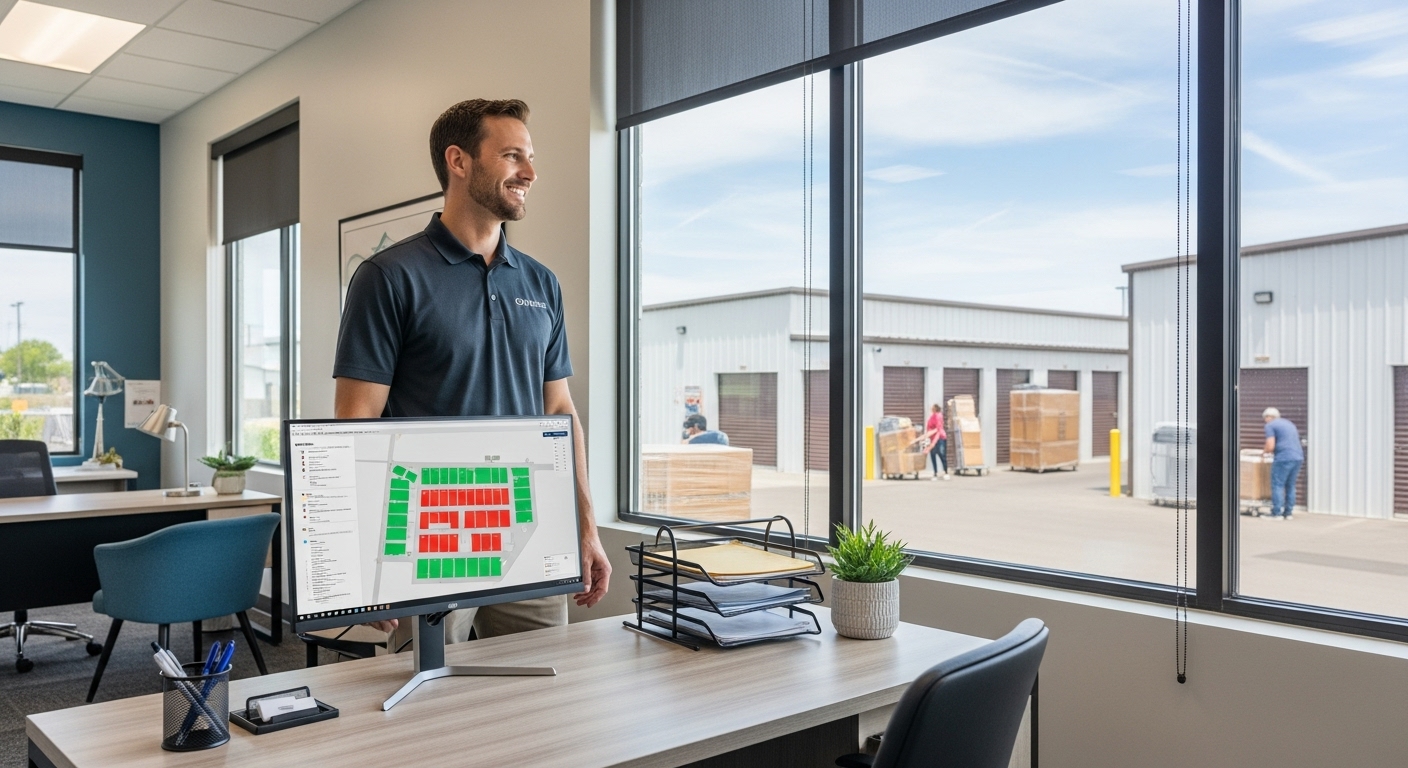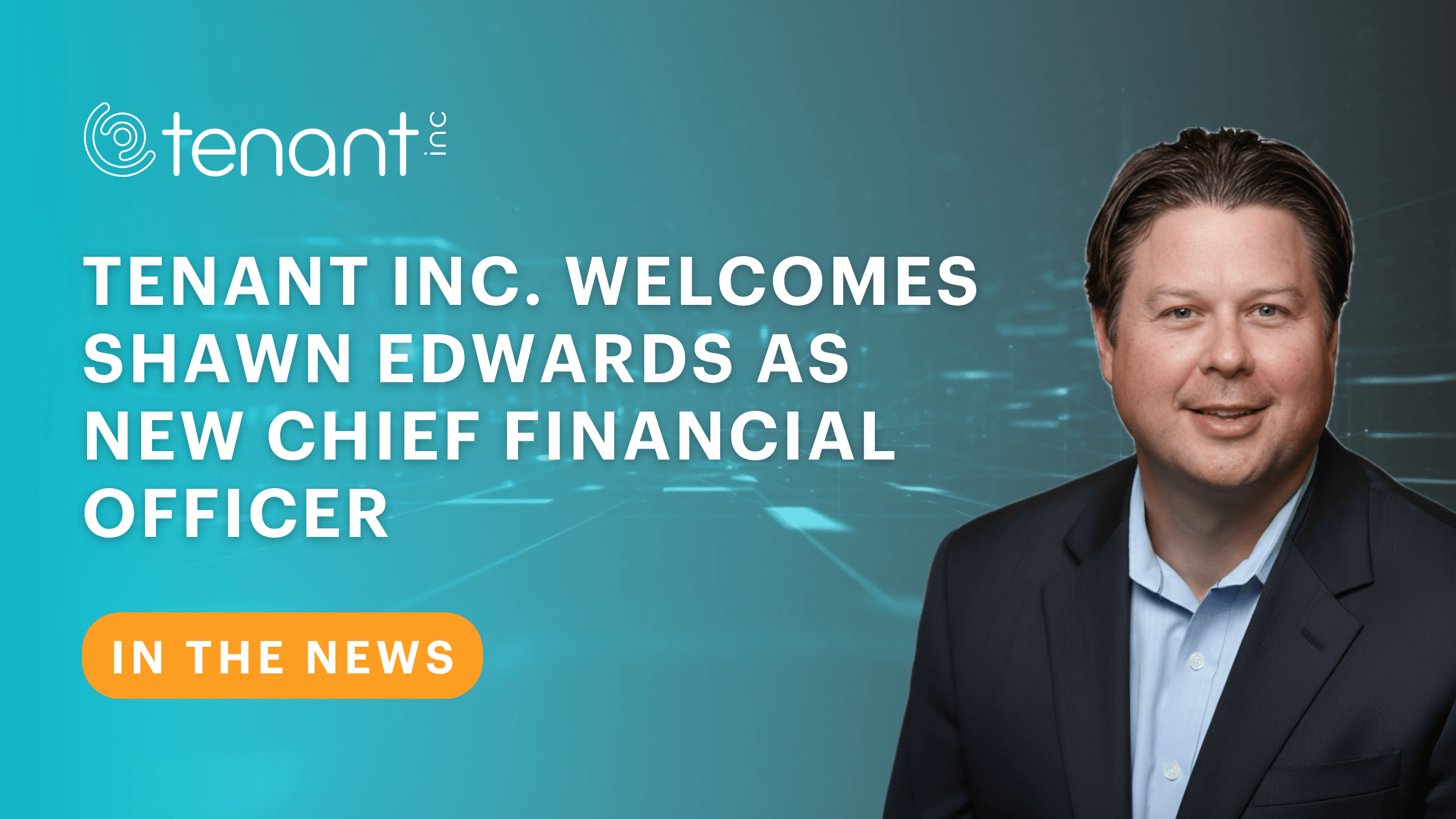If you’re thinking about switching your property management system in 2026, you’re not alone. Operators everywhere are reassessing their tech stack — not because they want something new, but because they’re tired of systems that slow them down.

The truth is simple: your PMS now controls far more than move-ins and payments. It shapes your workflows, your data, your marketing performance, your automation, and your NOI. And with the market changing this quickly, choosing the wrong system doesn’t just inconvenience you — it traps your entire operation.
Here’s what operators should look for (and avoid) when evaluating PMS platforms in 2026.
Why So Many Operators Are Looking to Replace Their Management Software in 2026
The industry has outgrown legacy PMS software. Operators need faster workflows, cleaner data, stronger automation, and visibility across every part of the business. The old way — stitching together multiple disconnected tools — is creating more overhead, not less.
You’re evaluating a PMS in 2026 because:
- Too much work is still manual.
- Data lives in too many places (or separate systems).
- Integrations aren’t reliable, or available.
- Pricing and revenue tools don’t match today’s demand patterns.
- Multi-site operators need consistency you can’t get from outdated systems.
Choosing the right PMS now simply makes it easier to operate efficiently as your business grows.
How Your Management Software Impacts Tenant Acquisition
Tenant acquisition no longer depends solely on marketing and paid ads. A huge part of conversion happens inside the PMS — from how quickly leads get a response to how simple the online move-in experience feels. The system powering your operation directly affects whether a renter completes the process or drops off along the way.
If you want a quick look at how a modern platform supports tenant acquisition and conversions, here’s a short highlight:
The Most Common Mistakes Operators Make When Choosing a PMS
Picking what feels familiar: Legacy systems “feel safe,” but they’re often the reason operations stall.
Ignoring data ownership: If you can’t freely export all your data without submitting a ticket, you aren’t in control of your own business.
Evaluating features instead of workflows: A system with 200 features can still force you to do everything manually.
Forgetting to consider long-term cost: Cheap upfront. Expensive later. Closed systems always cost more.
Underestimating switching effort: Migration takes time — but staying put costs more in the long run when your software can’t keep up.

What a Modern PMS Must Provide in 2026
1. Open Platform Architecture
The PMS should integrate cleanly with the tools you use today — without paywalls, restrictions, or vague promises.
2. Full Data Ownership
You should be able to access, export, and analyze your data whenever you want. No exceptions.
3. Automation That Reduces Labor, Not Adds Tasks
A modern PMS should automate:
-
Move-ins
-
Billing and payments
-
Delinquency and collections
-
Lead response
-
Renewals
-
SOP tasks and daily workflows
If you want a quick look at what this kind of automation can look like inside the platform, here’s a short preview:
If your team still spends hours on routine follow-up, your self-storage management software isn’t doing its job.
4. Unified Operational Visibility
Marketing performance, reviews, revenue management, and operational workflows all feed the same system. Operators shouldn’t need seven dashboards to understand what’s happening at one property.
For a quick sense of how a modern platform gives operators the visibility to pull the right levers at the right time, here’s a short clip:
5. Portfolio-Level Consistency
For multi-site operators, consistency wins. Pricing, SOPs, reporting, and workflows should scale across the portfolio instantly.
6. Transparent, Predictable Pricing
No surprise integration fees.
No “premium” charges for basic functions.
No guessing.
Red Flags That Signal You’ll Get Stuck
If you see (or hear) any of these during a demo of a new self-storage management software, be careful:
-
Closed or restricted API
-
Confusing answers about data access
-
Slow release cycle or vague roadmap
-
Extra fees for integrations or automation
-
“We’re not able to show that yet”
-
Locked-in multi-year contracts with penalties
-
Support that feels generic or outsourced
If a vendor makes it hard to leave, or promotes a payment processing rate as an incentive, that’s your sign look elsewhere.

Questions Operators Should Ask Every Software Provider
These cut through the sales pitch quickly:
-
Who owns my data?
-
Can I export 100% of it without submitting a ticket?
-
Do you charge for API access?
-
What does automation look like beyond move-ins?
-
How often do you release updates?
-
How do I see performance numbers for all of my facilities on 1 screen/view?
-
If I cancel, what does "offboarding" look like? Are there any costs associated with leaving?
If they can’t answer clearly, move on.
Why the Cheapest Self-Storage Software Usually Costs the Most
Low-cost software becomes expensive when everything requires an add-on:
-
Payments
-
Gate integration
-
Reviews
-
Automation
-
API access
-
Website tools
-
Reporting
If you want a quick snapshot of how a modern self-storage management platform helps operators maximize revenue, here’s a short highlight:
You “save” on licensing and lose it all — plus more — in time, labor, and operational inefficiency.
Unified always beats patched-together.
A Simple Checklist for Evaluating PMS Platforms in 2026
Operators should score each management platform based on:
-
Architecture
-
Data ownership
-
Automation depth
-
Integration openness
-
Visibility across marketing + operations
-
Reporting clarity
-
Support quality
-
Pricing transparency
-
Scalability
The higher the score, the more future-proof your business becomes.

Final Takeaway
A modern PMS isn’t a billing tool — it’s the backbone of your entire operation.
The right system will:
-
Reduce manual work
-
Improve occupancy
-
Increase portfolio consistency
-
Give you clarity across your entire business
-
Support growth without adding headcount
If you want a quick visual of how the platform enhances the renter experience, here’s a short overview:
If a platform can’t do all that, it wasn’t built for where the industry is going.
%20(1).png)



.png)